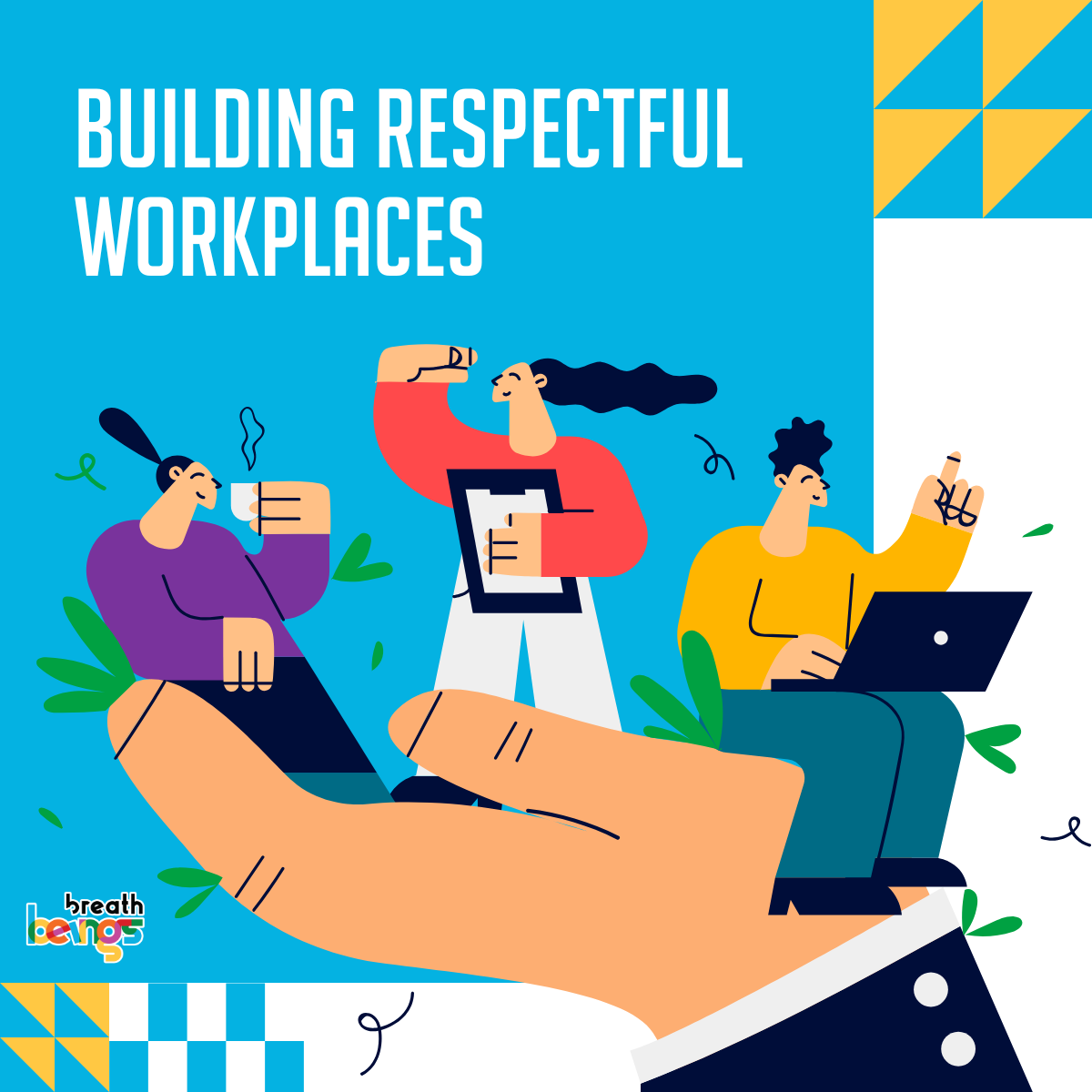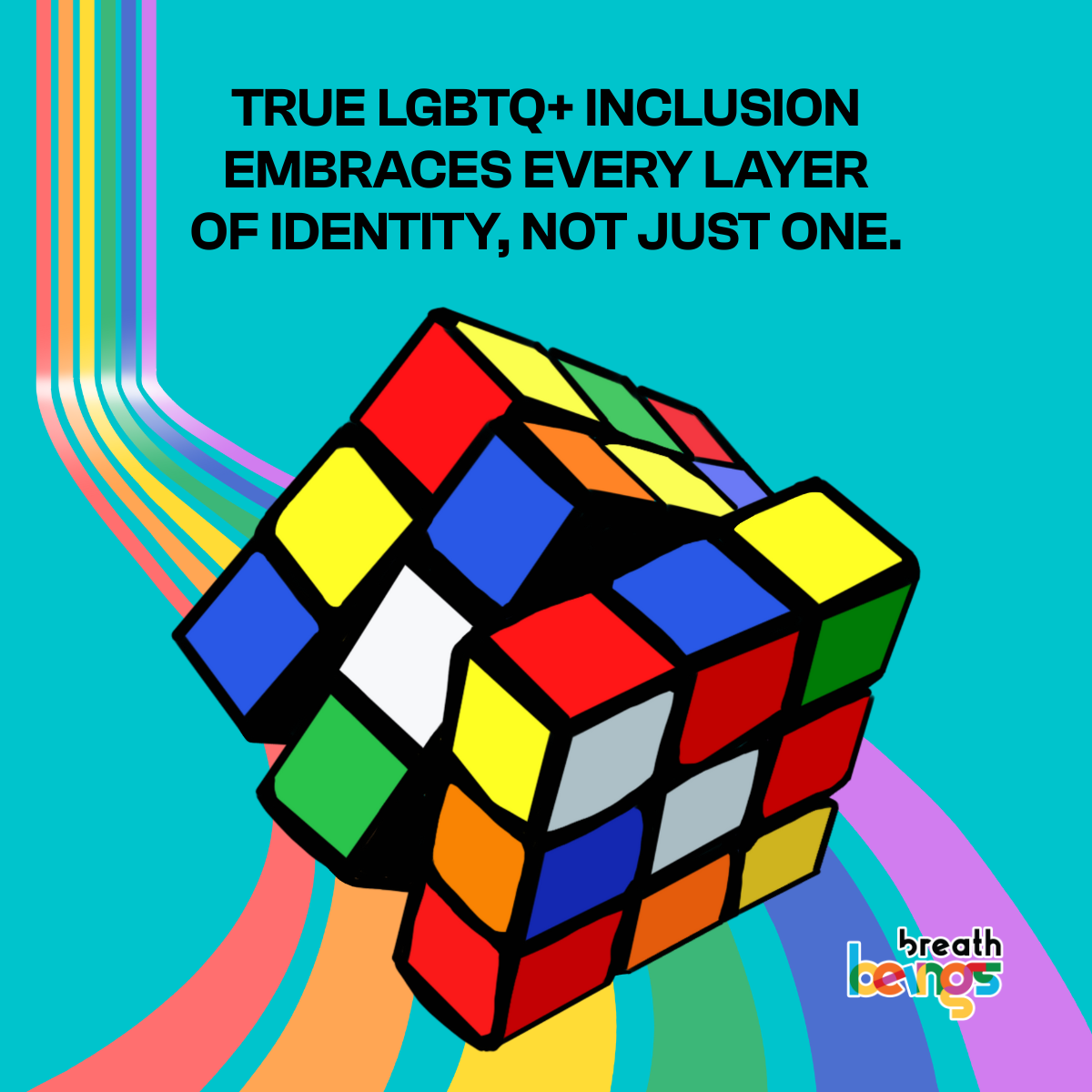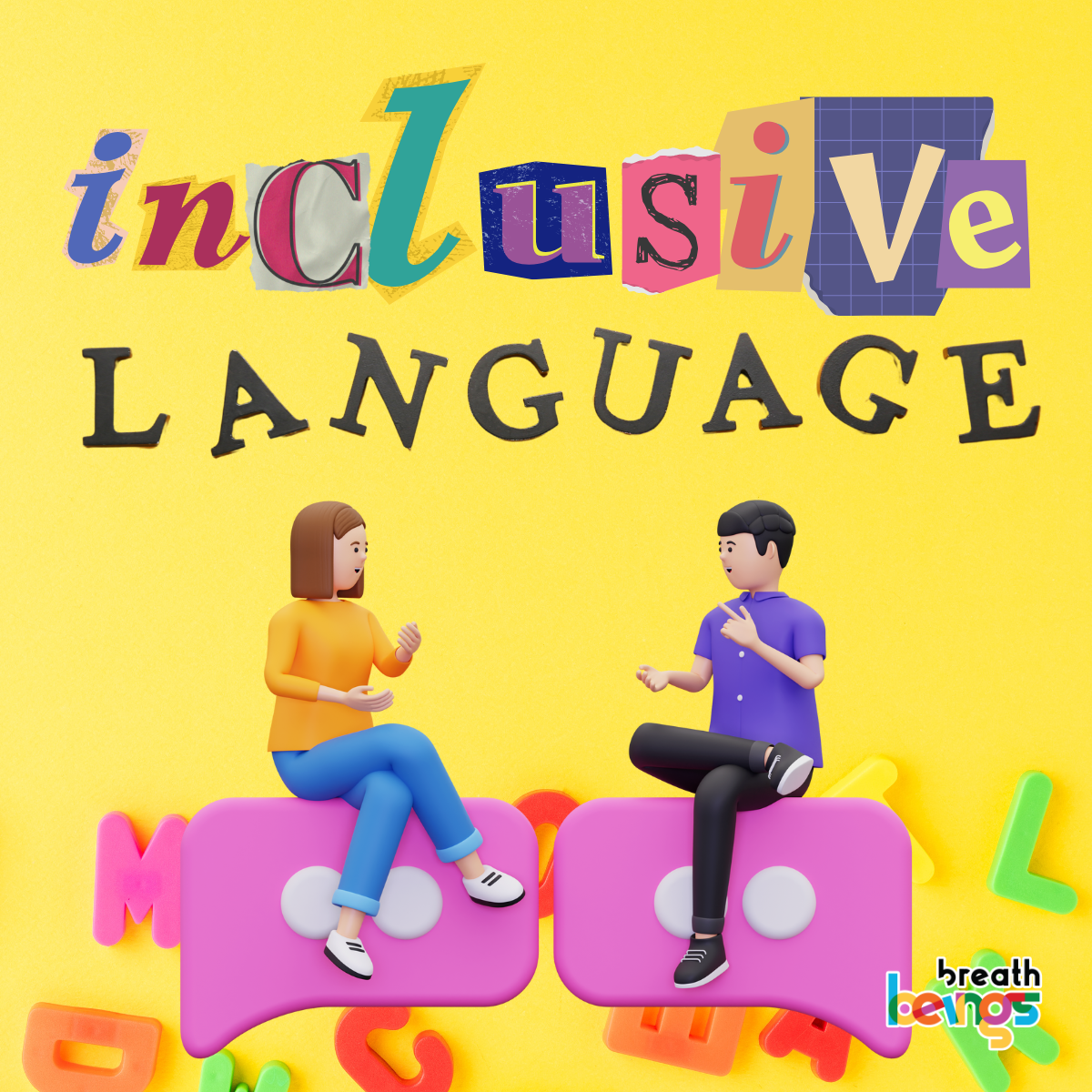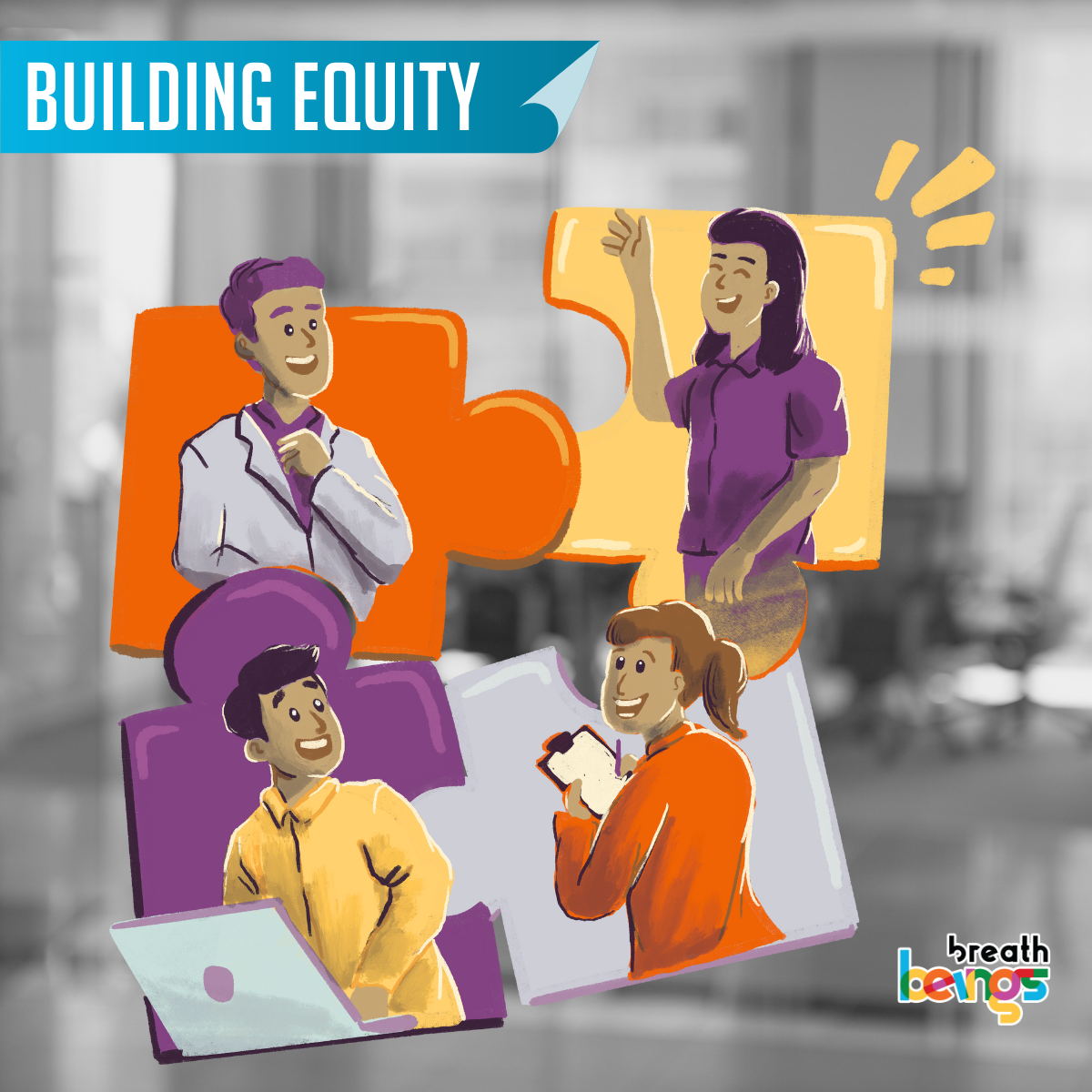Beyond Pride: Fostering LGBTQ+ Belonging in the Workplace
Why would you change your job?
Higher income. Better position. Flexibility. The reasons are many.
If you identify as part of the LGBTQ+ community, though, your reasons could narrow down considerably. Perhaps even to just one – feeling included. Diversity Equity and Inclusion assessment and lgbtq workplace training is a crucial step in listening to community members’ voices.
In a 2023 Deloitte survey, nearly three quarters of LGBTQ+ employees surveyed said that they’re looking to switch to more inclusive employers. Four in 10 employees were worried about barriers to future career opportunities and one-third of the respondents were concerned about safety.
And nearly 70% of Indian LGBTQ+ employees, vs 42% globally, have most likely experienced non-inclusive behaviors.
Why is this a business imperative, though?
Aren’t workplaces missing out on a wealth of talent and innovation when employees don’t feel respected or that they belong?
Companies that prioritize inclusivity and foster a welcoming culture have a distinct advantage in attracting and retaining the best and brightest minds. And when individuals from different backgrounds and perspectives collaborate, it gives rise to unique insights and approaches.
There’s proof. A 2019 US Chamber of Commerce report says,”companies with LGBT-inclusive policies have higher employee retention rates and earn more revenue.”
Having a deeper understanding of LGBTQ+ perspectives can enhance team dynamics, promote open communication, and foster a spirit of collaboration. When employees feel comfortable bringing their authentic selves to work, they are more likely to be engaged, motivated, and productive, ultimately contributing to the organization’s success.
LGBTQ+ individuals often face unique challenges and experiences that shape their personal and professional lives. Understanding these nuances is essential for creating a supportive and inclusive workplace. It’s key for employers to be aware of LGBTQ+ identities, terminology, and issues, to break down barriers, challenge stereotypes, and create a safe environment effectively.
LGBTQ+ initiatives in Indian workplaces
In India, companies like P&G, Godrej, the Tata Group, and Wipro, among others, have been taking huge steps to promote inclusion through adoption of LGBTQ awareness training programs.
Employees in Tata Steel and TCS, for instance, have been vocal about how the organization has enabled and supported their journeys.
Thanishka from TCS recounts how her journey to transitioning into a woman was accepted and supported with the company holding team orientation meetings and facilitating counselor sessions.
And Anubhuti Banerjee of Tata Steel found the necessary empathy and support from her colleagues when she first came out and then went through her sex change operation.
Getting started on the journey to inclusion
Building a truly inclusive workplace requires change at the grassroot level. That means taking more measures to not merely avoid discrimination but understanding that inclusion and diversity are alchemists for growth.

Here are 8 steps you can take to get started.
#1 Build awareness
“One faces microaggression all the time. When you grow up against a norm, whatever that might be, there is discrimination,” says Parmesh Shahani, founder of the Culture Lab at Godrej.
Experiencing microaggressions, fear of coming out, safety concerns, etc. are just some of the unique stressors that LGBTQ+ individuals face on a daily basis. The causes for these stressors are sometimes ignorance, sometimes homophobia. Education and awareness is the cornerstone to eliminating both and building a deeply inclusive culture. Providing information, dispelling myths, and tearing apart stereotypes can go a long way in making LGBTQ+ employees feel supported.
#2 Training programs to promote allyship
Being an ally means accepting and supporting people for who they are even if you’re not a part of their experiences. LGBTQ+ individuals go through many hardships that you might not really identify with. But giving active support – standing up when there’s bias, defending employees, using the right pronouns consciously, etc. – where possible builds a strong foundation for a culture of trust and promotes open communication at the workplace.
#3 Enable equity through policy level changes
Currently, many policies at the organizational level are designed from a perspective of equality. These policies do curb discrimination and bias against gender, race, disability, and other factors. But they also assume that everyone would face the same challenges.
When policies are structured with equity in mind they acknowledge the shortcomings that come with this assumption and make space for individualized support. With equity you consider circumstances, background, etc. and ensure outcomes are fair for everyone
#4 Implement LGBTQ+ focused hiring initiatives
Okay, you already have an inclusive hiring policy. But does it really ‘speak’ to your audience?
Actively promoting LGBTQ+ affirmative hiring programs requires you to iron out the small details. Like using gender-neutral language (for eg; avoiding he/she), watching out for unconscious bias that might dismiss or promote a candidate, avoiding stereotyping and clubbing LGBTQ+ members into a homogenous group and recognizing them as individuals, stating benefits and having support structures for LGBTQ+ families, and so on.
#5 Enable ERGs to create a safe space
Creating LGBTQ+ Employee Resource Groups (ERGs) is a great way to not only signal your support but also to create a genuinely safe space for employees, allies, and their families.
Select ERG leaders who are empathetic, thoughtful, and are good influencers, who can help decolonize the workplace in gentle, kind ways. Let ERGs flourish with different goals like making connections, education and awareness, sharing issues, etc.
#6 Create LGBTQ+ leadership acceleration programs
Leadership positions are, oftentimes, inaccessible to the LGBTQ+ community. With career mobility and visibility restricted, LGBTQ+ individuals often miss out on great opportunities without appropriate support.
Special leadership acceleration programs can be an effective way in providing them the opportunities and confidence to go further in their careers. Empower LGBTQ+ individuals with training and upskilling programs, skillsets to be a part of organizational cultures, networking opportunities, and other options to develop their leadership abilities.
#7 Normalize conversations through open communication
When you’re able to speak openly and when others listen intently, you feel seen and heard.
Re-adjust performative diversity initiatives to truly help LGBTQ+ individuals feel visible and represented through open conversations.
Reinforce and normalize chats with LGBTQ+ vocabulary and terms. Make your pronouns prominent on social media, meeting platforms, and signatures.
Create an atmosphere that is more welcoming and engaging by fostering acceptance and familiarity.
#8 Form partnerships with with LGBTQ+ led organizations
A really constructive way to show your support is to form partnerships with LGBTQ+ organizations that are a good fit in terms of culture and values. Select vendor partners, freelancers, and gig workers from the community and promote queer-friendly brands. Make corporate collaborations with LGBTQ+ organizations a core part of your company’s annual goals and power up your diversity and inclusion objectives.
Understanding, respecting, and including LGBTQ+ individuals and supporting lgbtq initiatives in the workplace is a powerful way for organizations to unlock the full potential of their workforce. The DEI council must take a comprehensive, sustained approach with leadership buy-in and employee involvement at all levels is the first step. Let’s celebrate this pride month meaningfully through lgbt awareness and LGBT awareness programs.












